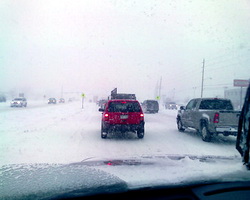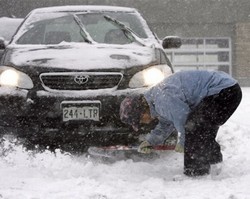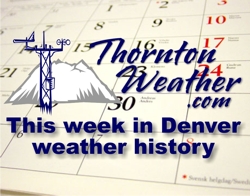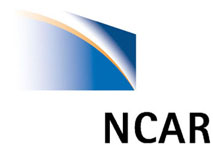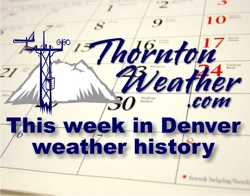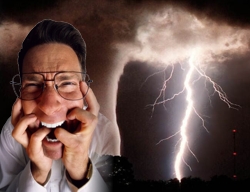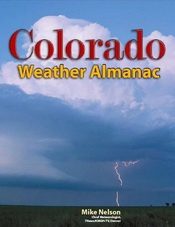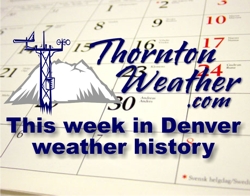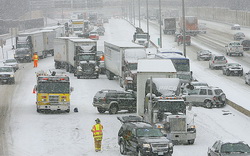
We all are familiar with the crawls on the TV screen or the announcements on the radio for winter weather advisories such as Winter Storm Watch, Blizzard Warning, Freeze Warning and more. But, how many of us really know what those mean? There is very specific criteria the National Weather Service follows in issuing these watches and warnings and there are important differences between all of them.
In this second in a series on Winter Weather Preparedness from the National Weather Service, ThorntonWeather.com helps you understand what all of these mean so you can be better prepared.
| Part 1 | Winter travel safety |
| Part 2 | Watches…warnings…and advisories |
| Part 3 | High winds |
| Part 4 | Wind chill temperatures and hypothermia |
| Part 5 | Avalanche safety |
| Review | Winter Weather Preparedness Week review |
From the National Weather Service:
What does that warning mean?
The National Weather Service will inform you about critical weather with outlooks, watches, warnings and advisories. Do you know what they mean? Now is the time to find out during this Colorado winter preparedness week.
This list has the watch, warning and advisory criteria for Colorado east of the continental divide. Save this list throughout the winter.

